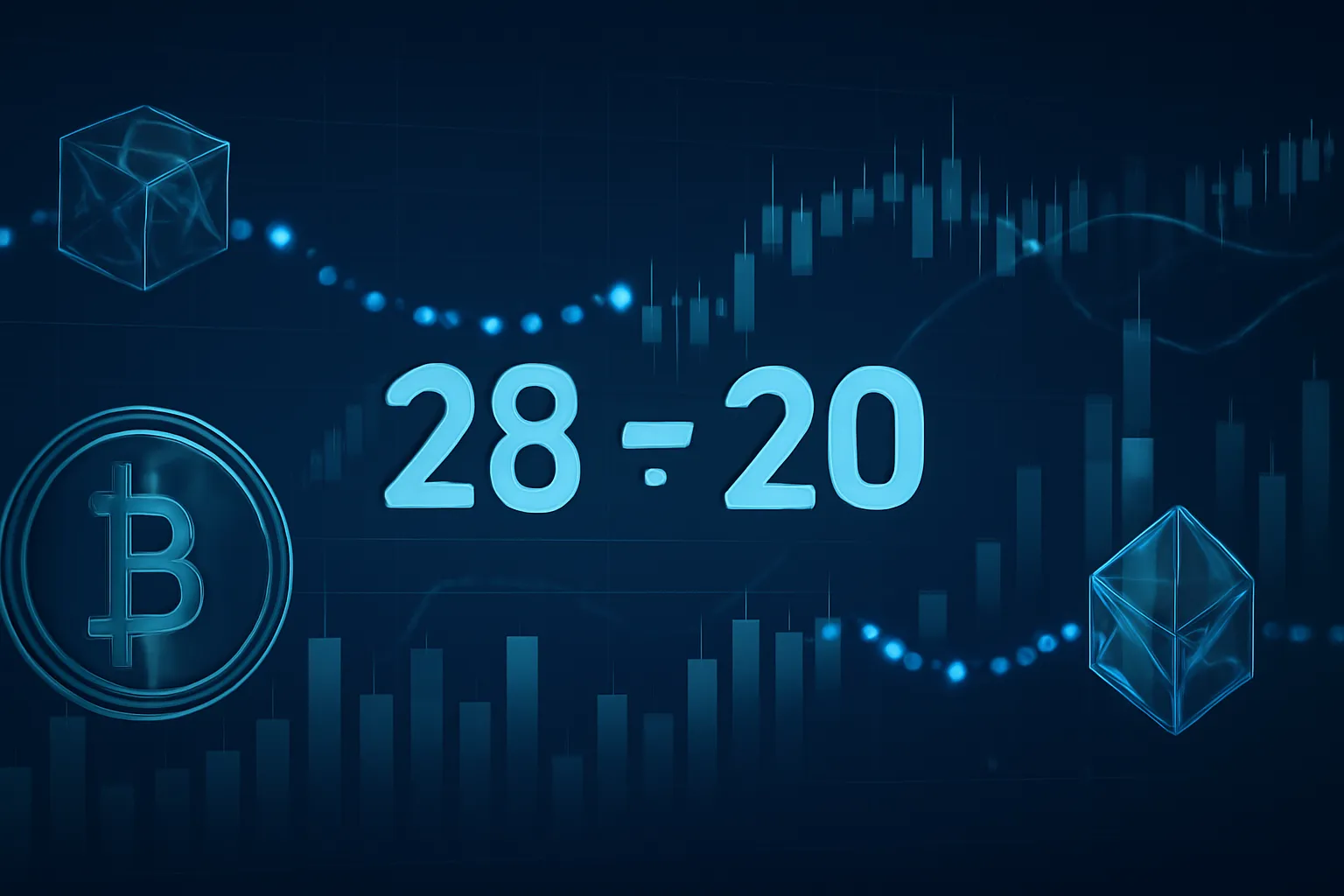28 Divided by 20: Understanding Fractional Math in Crypto
Understanding 28 Divided by 20: A Simple Math Concept with Big Implications in Crypto
Every time you read the term “28 divided by 20,” you can assume you are simply solving a simple math question, but it is in fact a phrase with extensive uses within the world of cryptocurrency. If you ever find yourself attempting to do some math on rewards accrued through staking, determining the ownership of token fractions, or understand how tokens are split up in DeFi, the simple division math problem has some incredible applications in crypto. In this article here, we’ll explore what 28 divided by 20 is and how fractional calculations are important in the crypto universe.
Table of Contents
- What is 28 Divided by 20?
- Why Is Fractional Calculation Important in Crypto?
- How Token Splitting Works in Blockchain
- Real-Life Examples of Fractional Math in DeFi
- How to Use 28 Divided by 20 in Crypto Calculations
- Conclusion: Why Math Matters in the World of Crypto
1. What is 28 Divided by 20?
In its simplest form, “28 divided by 20” is a simple mathematical problem that equals 1.4. Math tells us that 28 is 1.4 times larger than 20, or 28 can be evenly divided into 20, and each would be equal to 1.4. Easy, but in cryptocurrency, where assets are typically divisible, this simple exercise has profound implications.
2. Why Is Fractional Calculation Important in Crypto?
Fractional math applies in crypto life due to a myriad of factors. Within the virtually prevailing world of cryptocurrencies, tokens like Bitcoin, Ethereum, and even the tokens traded on decentralized exchanges (DEXs) are generally fractioned to smaller portions so that the transaction becomes more easily accessible. The fractioning is done using those calculations whenever there are transactions in
- Token Splitting: Fractional units are generated by splitting tokenized assets to make them accessible to retail investors.
- Staking Rewards: Fractional rewards are calculated by staking pools depending on the amount of cryptocurrency a staker has staked.
- NFT Ownership: NFTs are sometimes tokenized into fractions to allow collective ownership, for which fractional calculations are required.
In such cases, one has to understand the calculations of fractions, like 28 divided by 20 is 1.4, in order to calculate precise and fair values.
3. How Token Splitting Works in Blockchain
Token splitting in blockchain can be defined as a process of dividing a complete token into fractional units or portions. For instance, when a blockchain project has created 100,000 tokens and rather than selling them in complete units, they split the tokens into fraction units (in ratio 28 by 20) so that more individuals can participate.
This method is the same way that lower units of Bitcoin (satoshis) enable people to have ownership of part of a Bitcoin. Here, the possibility of splitting assets into smaller parts makes it more accessible, particularly when token prices are high.
4. Real-Life Examples of Fractional Math in DeFi
Fractional mathematics comes in handy in DeFi, especially with use cases like liquidity pools, yield farming, and staking. For example, if you are staking in a pool where the reward is determined by the amount of token you have staked. If you hold 28 units across 20 players, each of them would receive 1.4 units of reward because the same is what you get while dividing 28 by 20 as 1.4.
DeFi protocols typically employ fraction mathematics when rewarding. You get rewarded based on how many tokens you contribute to the pool, and they calculate it with simple fraction math. Here’s how you would do it:
- You contribute 28 tokens to a pool and everyone else contributes 20 tokens each in total. Your reward will be 1.4 tokens (28 ÷ 20 = 1.4).
This allows precise and fair allocation of rewards based on the ratio of total assets staked per player.
5. How to Use 28 Divided by 20 in Crypto Calculations
Let’s take an example when you are a crypto player and have staked your tokens in a staking pool. You possess 28 tokens, and there are 20 players in the pool who stake their own tokens. To calculate your reward share, you would apply fractional math.
In your situation, you would then divide your tokens (28) by the number of players (20) to get 1.4 tokens. This is the ratio that you are worth with what you’ve put into the pool. Whether you’re rewarding or staking rewards, this simple math function becomes essential in precisely calculating how assets are distributed.
6. Conclusion: Why Math Matters in the World of Crypto
At first glance, the statement “28 divided by 20” doesn’t make sense, but in cryptocurrency, fractional arithmetic is everywhere. From staking rewards to token splitting and decentralized finance platforms, knowing and using simple arithmetic such as division is key to making correct decisions regarding crypto investments and rewards.
As cryptocurrency continues to evolve, fractional ownership and math will play an even bigger role in making digital assets accessible to a broader audience. So, whether you’re an investor, developer, or enthusiast, it’s essential to have a solid grasp of how numbers work in crypto—starting with simple equations like 28 divided by 20.
By seeing exactly how crucial even those little fractions are, you will be able to manage the crypto universe more appropriately and make wiser money decisions.
FAQs
What is 28 divided by 20 equal?
The solution to 28 divided by 20 is 1.4. What this translates to is that when you divide 28 by 20, every proportion is 1.4 units lesser than the initial amount.
How is fraction math beneficial to staking rewards?
In staking, fractional mathematics is used to distribute rewards. If you stake 28 coins among a group of 20 people, the reward is split proportionally, and everyone will receive 1.4 coins based on the fractional method.
Is 28 divided by 20 usable in crypto trading?
Yes, fractional maths like 28 divided by 20 are used in crypto trading for various purposes, including calculating a fraction of an award in staking pools, calculating fractional token holdings, and even liquidity pools.
What is token splitting in blockchain?
Token splitting refers to the act of dividing a token or cryptocurrency into little pieces for easier convenience. It allows people to have more people invest or use tokens despite a high price.




